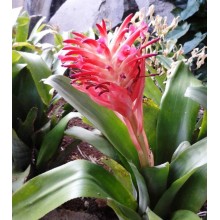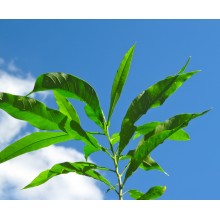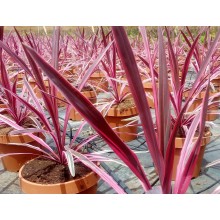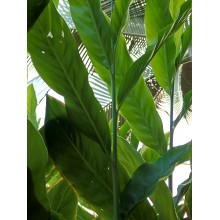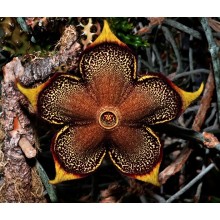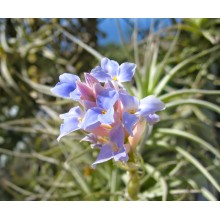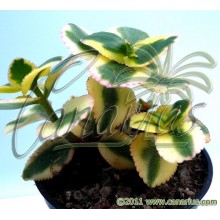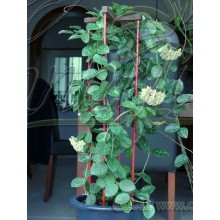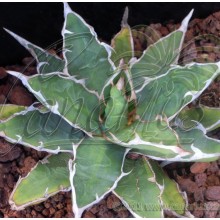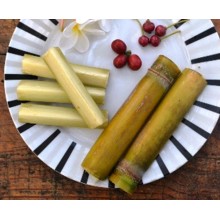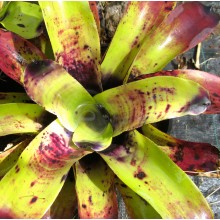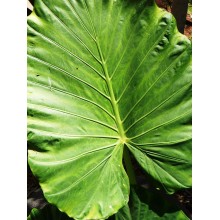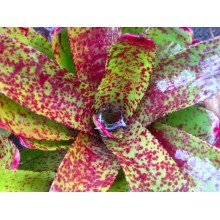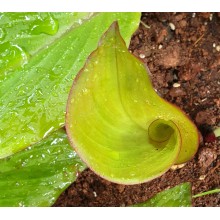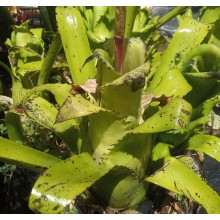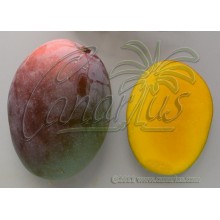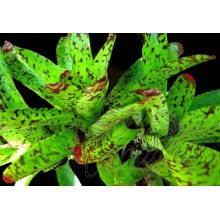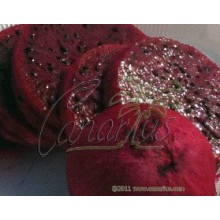Top sellers
Latest top sellers products on Canarius.com

-
Iris japonica - Blue Form
Iris japonica - Blue Form
This popular flowering perennial is called in English fringed iris or crested iris. It usually has blue flowers with blue and orange marings, but this is a less common blue form, with magnificent throats speckled in blue, white, yellow and orange. It is a perfect choice for those shady spots of the garden where little else would flower.
10,70 € -
Billbergia pyramidalis
Billbergia pyramidalis
The spectacular inflorescence lasts just a bit more than one week, but each clump flowers in flushes througout the warmer months. This Billbergia from southern brazil is an undemanding, cool-tolerant bromeliad that can grow outdoors in sheltered coastal Mediterranean gardens.
16,80 € -
Sapindus saponaria - Soap Tree
Sapindus saponaria - Soap Tree
The Soap Tree, Soapberry or 'jaboncillo' is is a tree native to the Americas and some Pacific Islands. The fruit occur in large pyramidal clusters at the ends of branches and it is very soapy. You can actually wash your hands by simply rubbing the fruits! It is very easy to grow, also in pots, and can easily take short, light frost so it is suitable for...
43,20 € -
Cordyline australis 'Pink Passion'
Cordyline australis 'Pink Passion'
Pink Passion (‘Seipin') was found by Paul Hummel of wholesale growers Seiont Nurseries as a sport on a batch of the old favourite Cordyline australis ‘Red Star' at a tissue culture laboratory at Myerscough College in Lancashire in 2002.
24,20 € -
Alpinia galanga - Blue Ginger
Alpinia galanga - Blue Ginger
Galangal or Blue Ginger is a herb used in cooking in SE Asia, and also medicinally. It grows as a tight clump of lush, upright dark-green leaves. Upright inflorescences of small white flowers are produced throughout the warmer months.
28,30 € -
Tillandsia bergeri
Tillandsia bergeri
Airplant from cool areas in South America, experiencing frosts. This grey leaved Tillandsia branches prolifically and grow downwards, forming a cascade of fine grey leaves. It can be grown epiphytically, even hanging from a wire. We offer a branched plant
9,20 € -
Crassula sarmentosa Variegata
Crassula sarmentosa Variegata
Beautiful varieagted selection of Crassula sarmentosa with creamy white stripes. Stems turn red if exposed to sunlight. The plant has a bushy/cascading habit and will eventually grow well in hanging pots or rockeries.
11,20 € -
Hoya x 'Mathilde'
Hoya x 'Mathilde'
Small and cute selected hybrid of Hoya carnosa var. carnosa x Hoya serpens. It has miniature leaves with silvery speckles and long lasting flower clusters. Easy growing, easy blooming.
15,40 € -
Agave triangularis
Agave triangularis
NEW !- Olive-green leaves, finely asperous, with a broad paler band running down the center. Native to an arid calcareous region in Teuhuacan, Puebla, at 1650-1950 m elevation. Slow growing, attaining 50-80 cm in diameter. It will stay smaller in pots.
17,20 € -
Saccharum officinarum 'Cristal' - Cuban Crystal Sugarcane
Saccharum officinarum 'Cristal' - Cuban Crystal Sugarcane
Traditional Cuban sugar cane, often planted in family orchards.
25,80 € -
Alocasia macrorrhizos - Elephant Ear Taro
Alocasia macrorrhizos - Elephant Ear Taro
This plant produces huge leaves that can attain 1,5 in a short time. It is a must for tropical-looking gardens but it can take quite a few degrees of frost. It grows well in the coastal mediterranean, with wind protection and abundat water. The stem has some itchy sap but it is edible if cooked for a long time.
23,40 € -
Neoregelia smithii
Neoregelia smithii
Small colourful bromeliad from Brazil, with unsually intense purple dots.
17,30 € -
Kaempferia parviflora - Thai black ginger
Kaempferia parviflora - Thai black ginger
Healthy in general, as most gingers, this Kaempferia is used as a strengthener or aphrodisiac since immemorial times. It is also a nice ornamental: flowers are not too exciting (parvi-flora means small flowered) but leaves are glossy and wavy.
23,20 € -
Mangifera indica 'Glenn'
Mangifera indica 'Glenn'
This cultivar of mango has a small sized crown and fruits in colder areas than many other mangos. It bears sweet, juicy flavoured Mango with no fibre. It is an excellent early variety, with an average weight of 350 g per fruit.
52,30 € -
Hohenbergia leopoldo-horstii Green
Hohenbergia leopoldo-horstii Green
Hohenbergia leopoldo-horstii is an outstanding exotic for collectors described in 1991 from Bahia, in NE Brazil. This bromeliad grows on hot rocky mountains at about 1000 m elevation. In this green form, leaves are pale green with abundant silvery and purplish tones depending on the exposition.
32,00 € -
Mangifera indica 'Osteen'
Mangifera indica 'Osteen'
Osteen is an average sized tree, very good in Mediterranean climates and so it is the leading mango cultivar in commercial orchards of Southern Spain. Purple skinned fruit, typically with a blue wax. Yellow, fibre-less flesh, small seed. Weight is 300-700
52,30 € -
Neoregelia marmorata Leme
Neoregelia marmorata Leme
This medium sized species shows an incredible pattern of leaves, marbled in pale green and dark purple. This is a particularly colourful clone, collected in Brazil by Leme.
21,00 € -
Selenicereus 'JC02' - Pitahaya
Selenicereus 'JC02' - Pitahaya
Rooted cutting of 20-25 cm. Red skin red flesh. It needs a pollinator and the best is H.purpusii. Most pitahayas need a pollinating mate of a different species, in order to set fruits.
21,70 €
















